Malaria is endemic in Guinea, with stable and perennial transmission. Malaria is the leading cause of health facilities visits, with the entire populace at risk of the disease. It is estimated that between 2006 and 2016, about 934,165 outpatient visits were due to malaria every year. Children under 5 and pregnant women, the two most vulnerable groups, represent 37% and 5% respectively of the total malaria cases recorded between 2014 and 2016 (Malaria National Strategic Plan 2018–2023).
Insecticide-treated nets (ITNs) are distributed for children under 5 and pregnant women through antenatal care visits and the country’s expanded immunization programs. Mass campaigns are organized every three years to maintain high coverage and use of ITNs in Guinea. School-based net distribution, the community, and the private sector are additional channels used to increase ITN availability and use. The use of insecticide-treated nets among children under 5 and pregnant women increased from 26% and 28% in 2012 to 68% and 54% respectively in 2016 (MICS, 2016). In addition, mining companies in selected sous prefectures implement indoor residual spraying.
In year one (January 2022 – December 2022), VectorLink Guinea will provide technical and financial assistance to the NMCP to enable it to monitor malaria vector bionomics and insecticide resistance. VectorLink Guinea will support the National Malaria Control Program (NMCP) to extend the Malaria Vector Control Technical Working Group to an Integrated Vector Control Technical Working Group (IVCTWG). VectorLink will support the IVCTWG to review the entomological data, and to provide information for decision making regarding malaria vector control interventions in Guinea. In 2022 VectorLink Guinea will work with the NMCP to set up quarterly meetings of the IVCTWG and will scale up the capacity of prefectures and NMCP staff.
After a successful startup and handover of entomology activities from the Stop Palu Plus project, Vectorlink Guinea successfully trained 13 technicians on malaria entomology. The participants came from the NMCP and seven prefectures (districts): Kissidougou, Labe, Dabola, Kankan, Boffa, Faranah and Forecariah. The capacity strengthening effort will enable national and prefectural government staff to conduct quality entomological monitoring to provide data for decision making regarding malaria vector control in Guinea.
VectorLink Guinea will continue to support the NMCP in assessing the susceptibility status of An. gambiae s.l., in seven prefectures and in conducting comprehensive vector bionomic monitoring in four sentinel sites selected in Forecariah. The information collected on vector density, seasonal distribution, behavior, and infectivity will be used to support the NMCP on estimating the impact of vector control intervention conducted in Forecariah. The susceptibility data will support decision-making for ITN selection and for insecticide resistance management.
Additional objectives for VectorLink Guinea in 2022 are as follows:
- Determine the susceptibility of the main malaria vector, gambiae s.l., to deltamethrin, permethrin, alpha-cypermethrin, chlorfenapyr, pirimiphos-methyl, and clothianidin. Additionally, pyriproxyfen and broflanilide will be tested whenever the protocol is finalized and reagents available.
- Perform synergist assays with piperonyl butoxide (PBO) and pyrethroids and measure the intensity of resistance to insecticides, where appropriate and feasible.
- Monitor the density, species composition, behavior, infectivity, and parity of malaria vectors in four sentinel sites in Forecariah.
- Scale up the capacity of NMCP and district health staff to collect entomological data and use it in decision-making.
- Provide technical support to the integrated vector management technical working group.


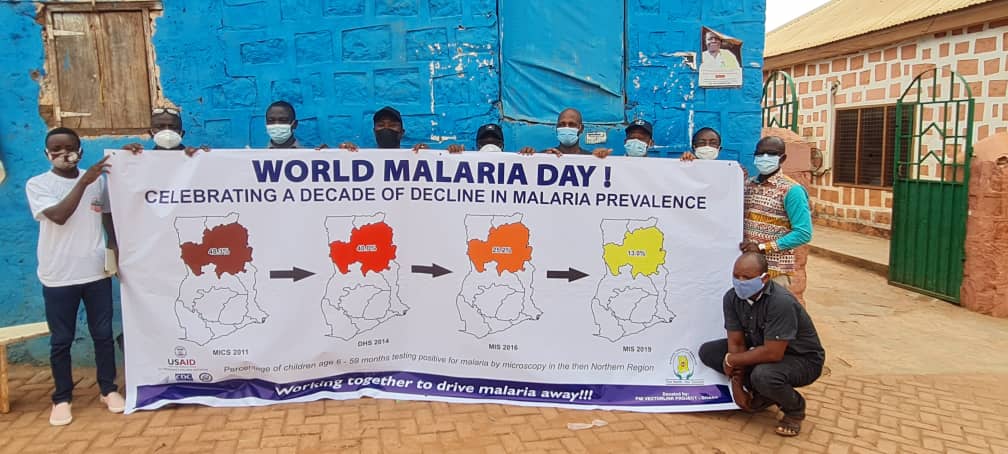
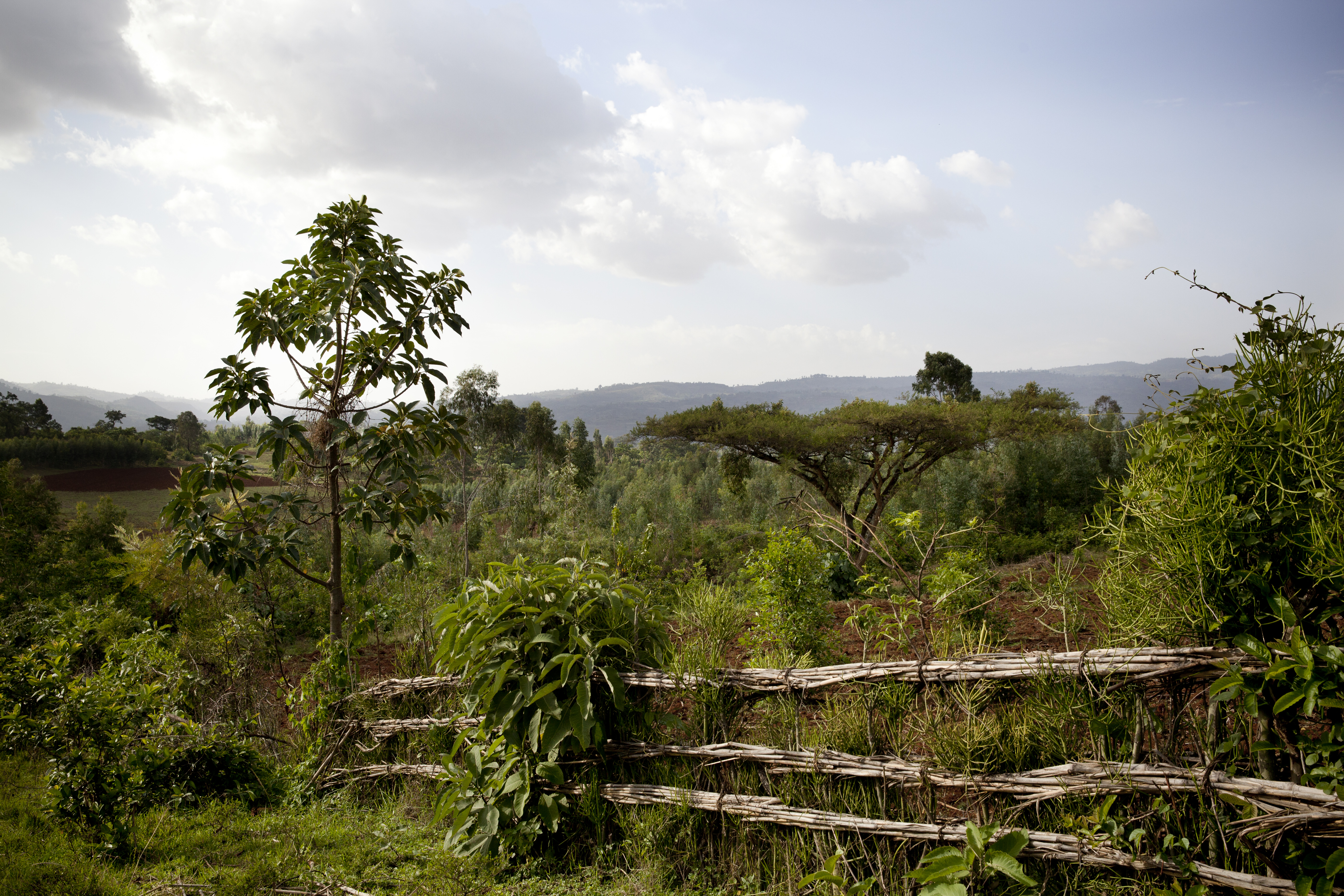
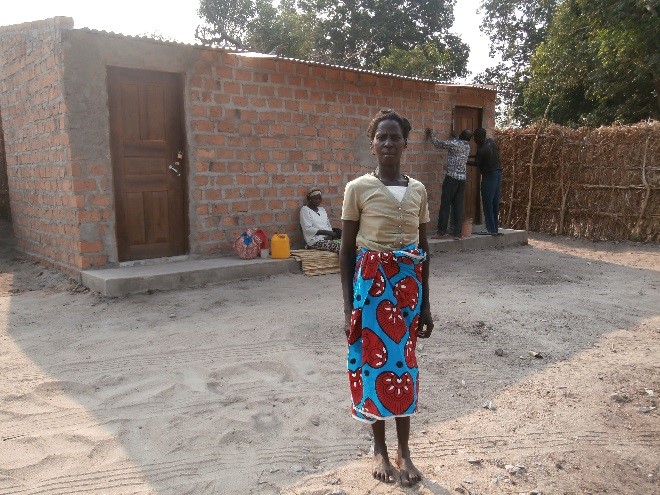

 *This country is now operating under the U.S. President’s Malaria Initiative Evolving Vector Control to Fight Malaria Project
*This country is now operating under the U.S. President’s Malaria Initiative Evolving Vector Control to Fight Malaria Project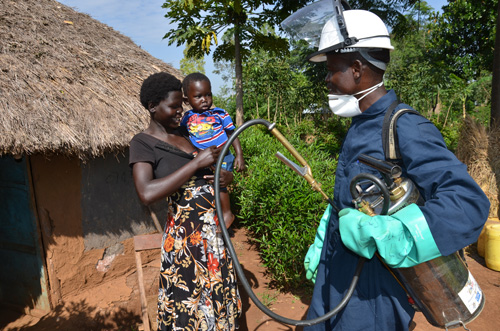 Malaria is the leading cause of morbidity and mortality in Uganda. Accounting for 30 – 50 percent of outpatient visits and 15 – 20 percent of hospital admissions, malaria places a huge burden on the Ugandan health system. Recent PMI-supported activities include IRS in high burden eastern and east-central districts with persistently high malaria prevalence rates; ITN distribution via ANC/EPI clinics and school outlets as well as social marketing of nets at a subsidized price; training and supervision of health workers in integrated management of malaria including malaria in pregnancy; a collection of surveillance data; management and monitoring of insecticide resistance; and behavior change communication activities that reach millions of Ugandans with key malaria messages.
Malaria is the leading cause of morbidity and mortality in Uganda. Accounting for 30 – 50 percent of outpatient visits and 15 – 20 percent of hospital admissions, malaria places a huge burden on the Ugandan health system. Recent PMI-supported activities include IRS in high burden eastern and east-central districts with persistently high malaria prevalence rates; ITN distribution via ANC/EPI clinics and school outlets as well as social marketing of nets at a subsidized price; training and supervision of health workers in integrated management of malaria including malaria in pregnancy; a collection of surveillance data; management and monitoring of insecticide resistance; and behavior change communication activities that reach millions of Ugandans with key malaria messages.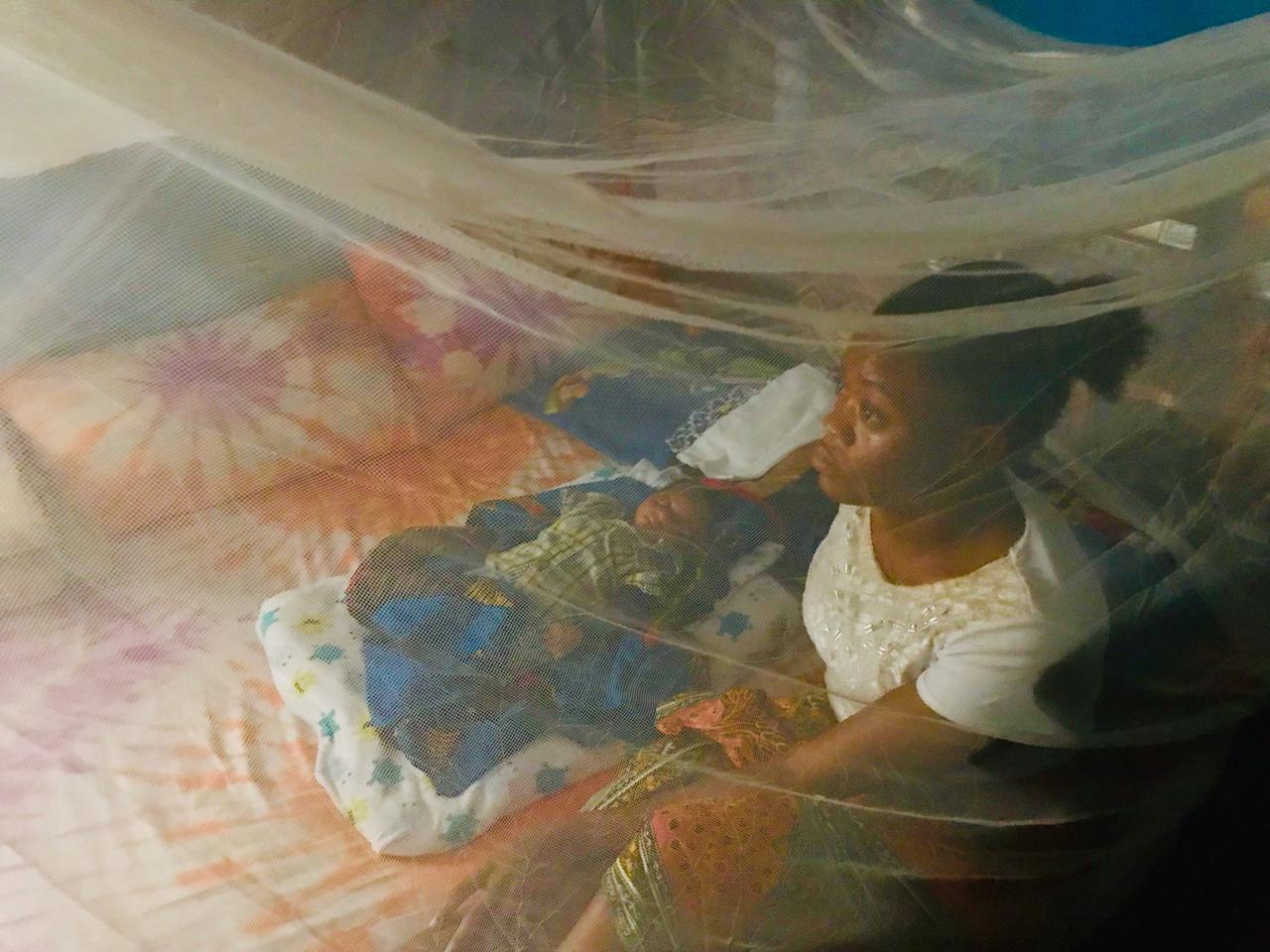 According to Sierra Leone’s 2016 Malaria Indicator Survey (SLMIS), malaria is endemic in the country with the stable and perennial transmission. Malaria prevalence is 40% among children age 6-59 months and is the main cause of morbidity and mortality among children under 5 years. Malaria prevalence is two times higher in rural areas (49%) than in urban ones (25%).
According to Sierra Leone’s 2016 Malaria Indicator Survey (SLMIS), malaria is endemic in the country with the stable and perennial transmission. Malaria prevalence is 40% among children age 6-59 months and is the main cause of morbidity and mortality among children under 5 years. Malaria prevalence is two times higher in rural areas (49%) than in urban ones (25%). *This country is now operating under the U.S. President’s Malaria Initiative Evolving Vector Control to Fight Malaria Project.
*This country is now operating under the U.S. President’s Malaria Initiative Evolving Vector Control to Fight Malaria Project. 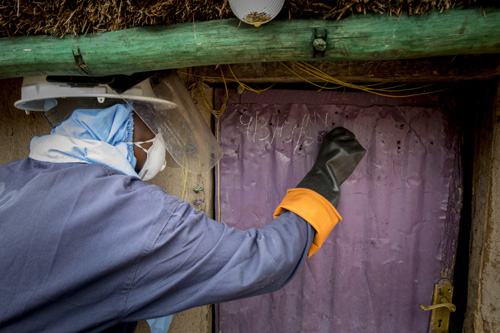 Rwanda has made remarkable progress in the fight against malaria. All major malaria indicators have decreased significantly from 2005 to 2012. Rwanda’s health management information system reported an 86 percent reduction in malaria incidence, an 87 percent reduction in malaria morbidity, a 74 percent reduction in malaria mortality, and a 71 percent reduction in malaria test positivity rate. While there was an upsurge from 2012 to 2016, Rwanda decreased its malaria incidence by more than 50 percent from 2016-17 to 2019-20.
Rwanda has made remarkable progress in the fight against malaria. All major malaria indicators have decreased significantly from 2005 to 2012. Rwanda’s health management information system reported an 86 percent reduction in malaria incidence, an 87 percent reduction in malaria morbidity, a 74 percent reduction in malaria mortality, and a 71 percent reduction in malaria test positivity rate. While there was an upsurge from 2012 to 2016, Rwanda decreased its malaria incidence by more than 50 percent from 2016-17 to 2019-20. PMI has supported entomological monitoring in Nigeria since 2012. The PMI AIRS project conducted entomological monitoring along with an IRS pilot in Nasarawa in 2012 and 2013. In 2014, monitoring expanded to six sites (Enugu, Jigawa, Lagos, Nasarawa, Plateau and Rivers) and to Sokoto and Jigawa in 2015. In 2016, Akwa Ibom, Bauchi, Ebonyi, and Oyo replaced Enugu, Lagos, Rivers, and Plateau, and monitoring continued in Nasarawa and Sokoto. Through AIRS and then VectorLink, entomological monitoring continued at these six sites in 2017 and 2018. In year two of the VectorLink project, longitudinal monitoring of vector bionomics continued in the six sites as well as in Plateau. The project also performed insecticide resistance monitoring in all seven PMI-focus sites as well as Benue, Zamfara, Cross River, and Kebbi. From October 2019 to September 2020 (year three of the project), VectorLink conducted entomological monitoring in 11 sites—monthly vector surveillance and longitudinal monitoring was conducted in five sites (Akwa Ibom, Ebonyi, Oyo, Plateau, and Sokoto), while insecticide resistance monitoring only was done in Bauchi, Benue, Cross River, Kebbi, Nasarawa, and Zamfara. Monthly surveillance has continued in the 11 sites during year four (October 2020-September 2021). In addition to the six sites where insecticide resistance monitoring was conducted in 2020, the project added four non-PMI-focus sites (Bayelsa, Enugu, and Federal Capital Territory Abuja, and Bonny Island in Rivers State) in 2021.
PMI has supported entomological monitoring in Nigeria since 2012. The PMI AIRS project conducted entomological monitoring along with an IRS pilot in Nasarawa in 2012 and 2013. In 2014, monitoring expanded to six sites (Enugu, Jigawa, Lagos, Nasarawa, Plateau and Rivers) and to Sokoto and Jigawa in 2015. In 2016, Akwa Ibom, Bauchi, Ebonyi, and Oyo replaced Enugu, Lagos, Rivers, and Plateau, and monitoring continued in Nasarawa and Sokoto. Through AIRS and then VectorLink, entomological monitoring continued at these six sites in 2017 and 2018. In year two of the VectorLink project, longitudinal monitoring of vector bionomics continued in the six sites as well as in Plateau. The project also performed insecticide resistance monitoring in all seven PMI-focus sites as well as Benue, Zamfara, Cross River, and Kebbi. From October 2019 to September 2020 (year three of the project), VectorLink conducted entomological monitoring in 11 sites—monthly vector surveillance and longitudinal monitoring was conducted in five sites (Akwa Ibom, Ebonyi, Oyo, Plateau, and Sokoto), while insecticide resistance monitoring only was done in Bauchi, Benue, Cross River, Kebbi, Nasarawa, and Zamfara. Monthly surveillance has continued in the 11 sites during year four (October 2020-September 2021). In addition to the six sites where insecticide resistance monitoring was conducted in 2020, the project added four non-PMI-focus sites (Bayelsa, Enugu, and Federal Capital Territory Abuja, and Bonny Island in Rivers State) in 2021.